Products that work as hard as you do. From the most basic to the most specialized needs, 3M offers the health and safety protection you and your workers need most, so everyone can perform at their best. We strive to deliver comfortable, well-designed personal protective equipment (PPE) that offers your workers the most effective protection available.
A fall at work can be terrible. But, a fall from heights in the midst of an already dangerous job can be devastating. Do you know how to properly inspect your fall protection gear to ensure it is secure, compliant with OSHA regulations and comfortable?


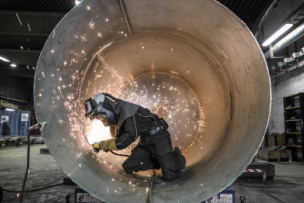
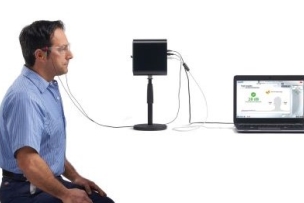
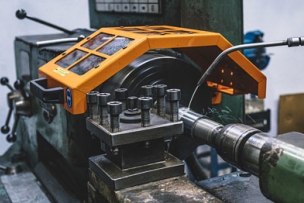
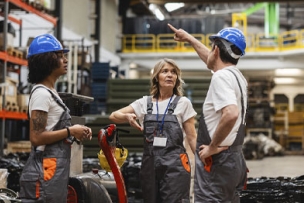
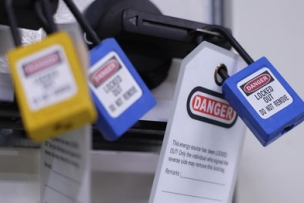
Talk to Us!
Leave a reply
Your email address will not be published. Required fields are marked *